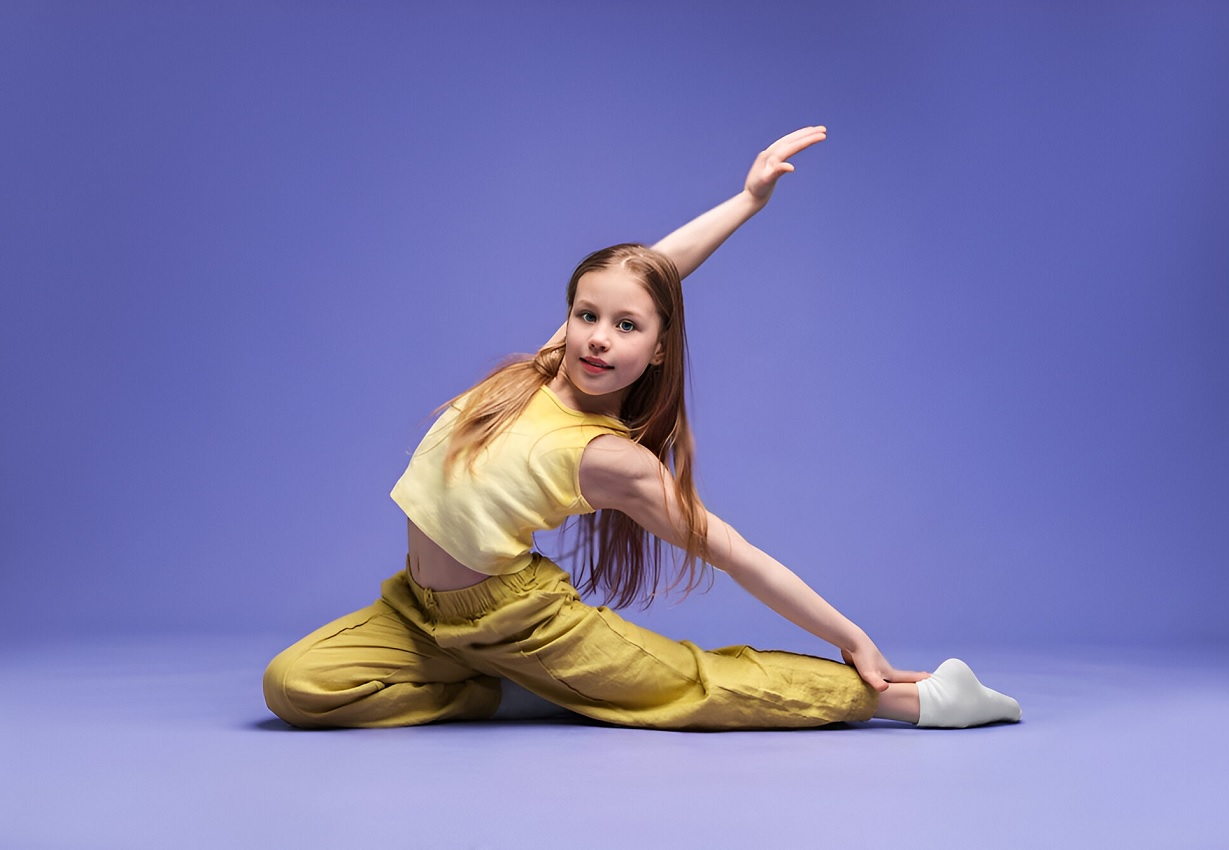Dance is not merely an artistic expression but a mirror of social, political, and cultural transformations. Each decade has witnessed the rise of distinct dance styles, reflecting the values and rhythms of its time. The way we move today is rooted in a legacy of constant evolution—how dance styles have changed offers insight into this compelling journey.
Key Takeaways:
- Dance styles reflect societal changes — From the freedom of the 1960s to the digital choreography of today, dance evolves alongside culture.
- The 1980s revolutionized dance — Breakdancing, MTV, and hip-hop transformed dance into a powerful urban and visual art form.
- Social media drives modern dance trends — Platforms like TikTok have made micro-choreography and viral moves central to today’s dance culture.
- Technology is shaping the future of dance — AI, VR, and motion capture are enabling new forms of performance and collaboration.
- Dance remains a universal language — Across generations and borders, dance continues to unify, protest, celebrate, and innovate.
Early 20th Century: The Foundations of Modern Dance
The early 1900s laid the groundwork for contemporary movement with the emergence of ballet-inspired and modern styles. Influenced by pioneers like Isadora Duncan and Martha Graham, dancers rejected the rigidity of classical ballet in favor of free-flowing, expressive forms. At the same time, the Harlem Renaissance introduced jazz dances like the Charleston and Lindy Hop, bringing African-American rhythm and improvisation to mainstream America.
The 1950s and Rock ‘n’ Roll: A Rebellion in Rhythm
The post-war 1950s sparked an explosion of youth culture. With the rise of rock ‘n’ roll, styles like the Jitterbug, Hand Jive, and the Stroll became widespread. These movements were characterized by upbeat tempos, energetic footwork, and an unmistakable sense of liberation. Dance floors became arenas of social identity, often clashing with conservative norms.
The 1960s and 1970s: Counterculture and Freedom of Expression
The 1960s saw the influence of the counterculture revolution, with dance reflecting societal shifts toward individual freedom. Freeform movements dominated, with popular styles like the Twist, the Mashed Potato, and Go-Go. By the 1970s, disco reigned. With dance clubs at their peak, choreography became more synchronized yet remained flamboyant. The Hustle and YMCA dance defined a generation seeking unity and identity through shared rhythms.
The 1980s: Breakdance, MTV, and the Street Revolution
In the 1980s, dance surged into street culture, birthing breakdancing, popping, locking, and b-boying. Hip-hop emerged as a cultural movement, deeply connected to inner-city youth in New York. Simultaneously, the launch of MTV brought choreographed music videos to millions, spotlighting artists like Michael Jackson, whose “Thriller” routine became an iconic cultural moment. Dance was no longer confined to studios—it was on sidewalks and screens worldwide.
The 1990s: Club Culture, Hip-Hop Mainstream, and Rave Influence
By the 1990s, hip-hop dance had permeated global pop culture. Choreographers brought street styles into studios, and artists like MC Hammer and Janet Jackson turned every concert into a choreographic spectacle. At the same time, electronic dance music (EDM) birthed rave culture. Dancers used glow sticks, fluid arm movements, and trance-inspired rhythm to connect with the music in warehouse settings far removed from traditional ballrooms.
The 2000s: Commercialization and Global Hybridization
The early 2000s were marked by the blending of styles. With reality TV shows like So You Think You Can Dance and America’s Best Dance Crew, diverse dance forms—contemporary, krumping, lyrical hip-hop—gained visibility. Choreography became more athletic, acrobatic, and emotion-driven. The digital era allowed styles from Korea, India, and Africa to influence Western dance trends, contributing to a global fusion of movement.
The 2010s: Social Media and the Rise of Micro-Choreography
Dance entered a new phase with platforms like YouTube, Instagram, and TikTok. Short-form, loopable choreography—designed for replication—became viral content. Dances like the “Renegade” and “Harlem Shake” exploded online, turning everyday users into influencers. This era emphasized accessibility and participation over perfection, democratizing the art form.
The 2020s: Virtual Stages and Cultural Convergence
The global pandemic catalyzed the rise of digital stages. Livestreamed dance classes, VR choreography, and AI-generated movement sequences became common. At the same time, cross-cultural blends became dominant—K-pop dance practices were adopted globally, Afrobeat steps influenced pop concerts, and Latin reggaeton moved into mainstream choreography. Dancers are now multi-stylists, trained in everything from tutting to salsa within the same performance.
Dance as Social Commentary
Dance has always served as a tool for protest and storytelling. From civil rights marches to feminist statements, from Black Lives Matter movements to climate change demonstrations, dancers have used movement to raise consciousness. Choreographers like Alvin Ailey, Bill T. Jones, and Pina Bausch showed how dance can be deeply political, often more persuasive than words.
The Future of Dance: AI, Motion Capture, and Beyond
The boundaries of dance are expanding into technology. Motion capture enables choreography in video games and animation. Artificial intelligence can generate dance routines from music, while augmented reality allows immersive dance experiences. These innovations push dancers to collaborate with coders, animators, and engineers, signaling a future where movement is not limited to the human body.
Why Understanding Dance Evolution Matters
Studying how dance styles have changed offers critical insight into cultural identity, resilience, and artistic evolution. Movement tells the untold stories of generations. Whether it’s the syncopated rhythms of jazz or the structured chaos of street dance, each style holds a narrative. The dance floor remains a living archive of human expression, forever evolving, always responsive, and deeply human.
Why do dance styles change over time?
Dance styles change in response to cultural shifts, music trends, technology, and global influences. Each era brings new values and artistic needs that dance expresses.
How has social media impacted dance culture?
Social media has democratized dance by making it easy to share and learn routines. Viral challenges and short-form videos have popularized dance globally and instantly.
What is the most influential dance movement of the modern era?
The hip-hop movement, particularly from the 1980s onward, is one of the most influential, shaping street, commercial, and even competitive dance worldwide.
